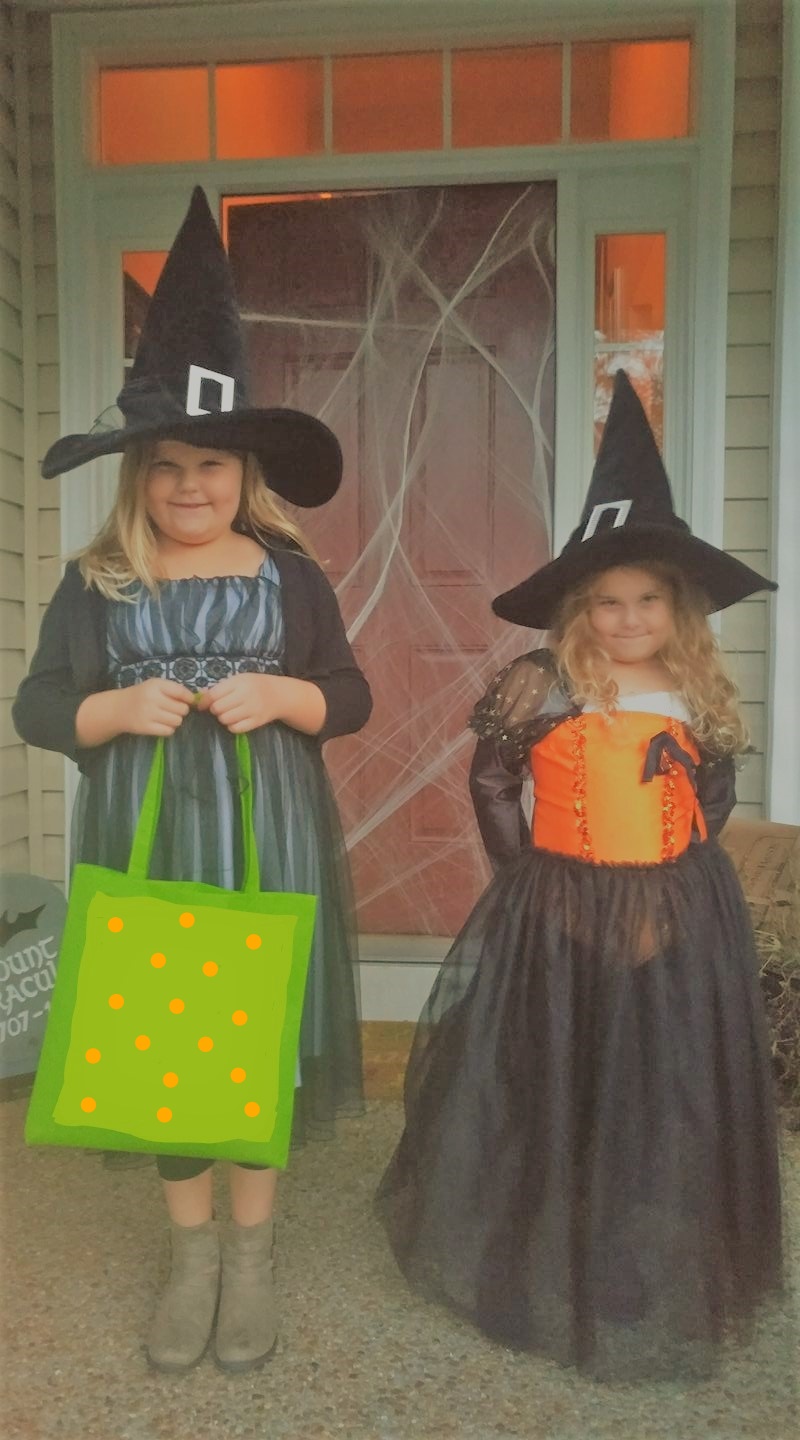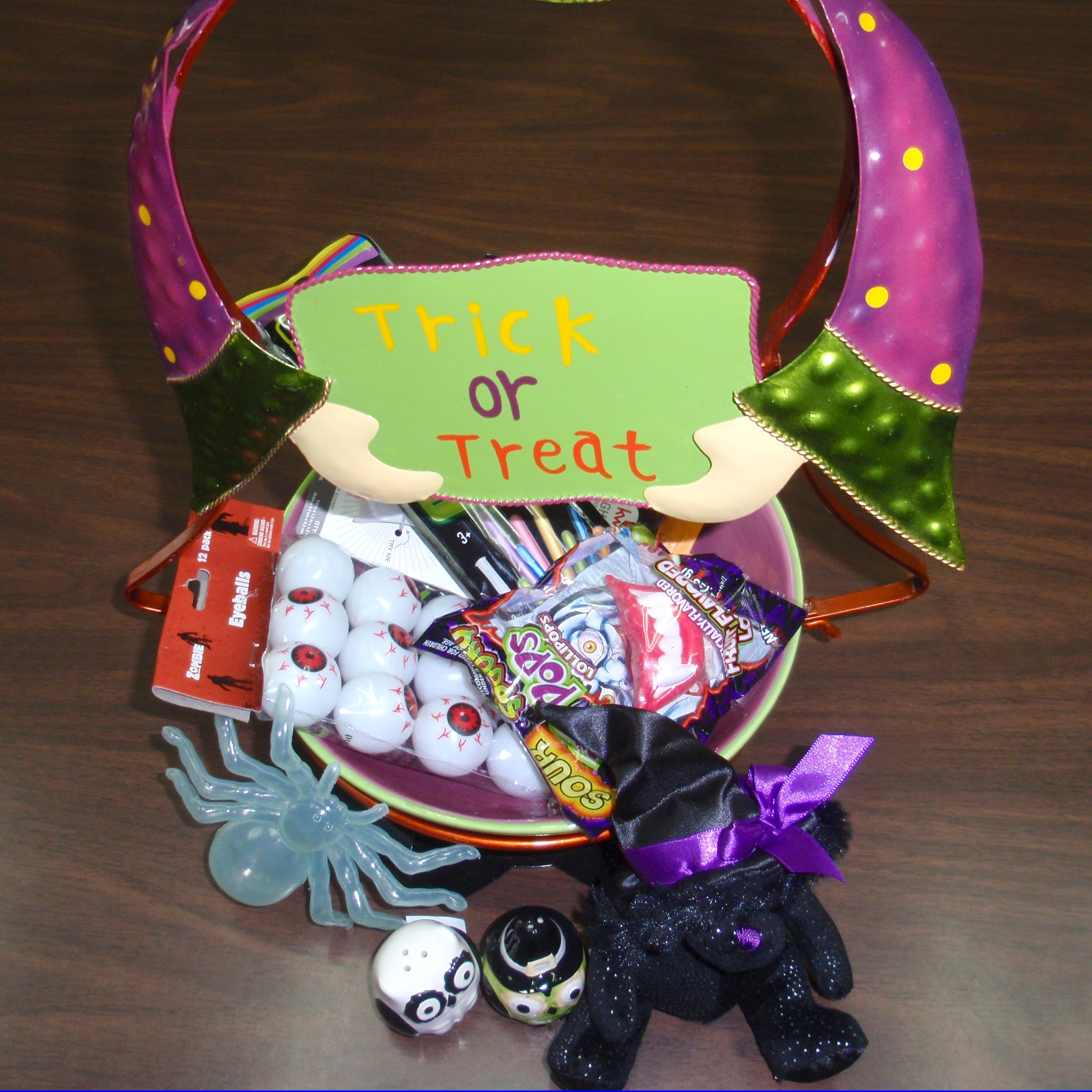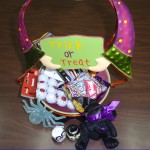
Ghoulishly Good Practices for Halloween
From candy to pumpkins to the costumes, Halloween is a fun-filled time for kids and adults alike. However, it can pose dangers. To help make this year’s trick-or-treat a safe and fun time, follow these simple safety tips compiled by the American Academy of Pediatrics.
CREATIVE COSTUMES:
Plan costumes that are bright and reflective. Make sure shoes fit well and costumes are short enough to prevent tripping, entanglement, or contact with flames.
Consider adding reflective tape or striping to costumes and trick-or-treat bags for greater visibility.
Because masks can limit or block eyesight, consider non-toxic makeup and decorative hats as safer alternatives. Hats should fit properly to prevent them from sliding over eyes. The makeup should be tested on a small patch of skin ahead of time to ensure there are no unpleasant allergies on the big night.
When shopping for costumes, wigs, and accessories, look for and purchase those with a label clearly indicating they are “flame resistant.”
If a sword, cane, or stick is a part of your child’s costume, make sure it is not sharp or long. A child may be easily hurt by the accessories if he/she stumbles or trips.
Do not use decorative contact lenses without an eye examination and a prescription from an eye care professional. While the packaging on decorative lenses will often make claims such as “one size fits all,” or “no need to see an eye specialist,” obtaining decorative contact lenses without a prescription is both dangerous and illegal. This can cause pain, inflammation, and serious eye disorders and infections, which may lead to permanent vision loss.
Review with children how to call 911 if they ever have an emergency or become lost.
PUMPKIN CARVING TIME:
Small children should never carve pumpkins. Children can draw a face with markers. Then adults can do the cutting.
Consider using a flashlight or glow stick instead of a candle to light your pumpkin. If you do use a candle, a votive candle is safest.
Candlelit pumpkins should be placed on a sturdy table, away from curtains and other flammable objects, and not on a porch or any path where visitors may pass close by. They should never be left unattended.
HOME SAFETY:
To keep homes safe for visiting trick-or-treaters, parents should remove from the porch and front yard anything a child could trip over such as garden hoses, toys, bikes, and lawn decorations.
Adults should check outdoor lights and replace burned-out bulbs.
Wet leaves and debris should be swept from sidewalks and steps.
Restrain pets so they do not jump on or bite a trick-or-treater.
TRICK-OR-TREAT TIME:
A responsible adult should always accompany young children during their neighborhood trick-or-treating.
Obtain flashlights with fresh batteries for all children and adults.
If your older children are going alone, plan and review the route that is acceptable to you. Agree on a specific time when they should return home.
Only go to homes with a porch light on and never enter a home or car for a treat.
Because pedestrian injuries are the most common injuries to children on Halloween, remind Trick-or-Treaters to:
- Stay in a group and communicate where they will be going.
- Remember reflective tape for costumes and trick-or-treat bags.
- Carry a cellphone for quick communication.
- Remain on well-lit streets and always use the sidewalk.
- If no sidewalk is available, walk at the far edge of the roadway facing traffic.
- Never cut across yards or use alleys.
- Only cross the street as a group in established crosswalks (as recognized by local custom). Never cross between parked cars or out of driveways.
- Do not assume the right of way. Motorists may have a hard time seeing Trick-or-Treaters.
- Just because one car stops does not mean others will!
- Law enforcement authorities should be notified immediately of any suspicious or unlawful activity.
HEALTHY HALLOWEEN TIPS:
A good, healthy dinner prior to parties and trick-or-treating will discourage children from filling up on Halloween treats.
Consider purchasing non-food treats for those who visit your home, such as coloring books, stickers, or pens and pencils.
Wait until children are home to sort and check treats. Though tampering is rare, a responsible adult should closely examine all treats and throw away any spoiled, unwrapped or suspicious items.
Try to ration treats for the days and weeks following Halloween to prevent overindulging, which will lead to a stomachache and ruin the night’s fun.
Make sure the Halloween night is fun and safe with the suggested tips above. These tips will help guarantee you all a ghoulishly good time.
Source: American Academy of Pediatrics



